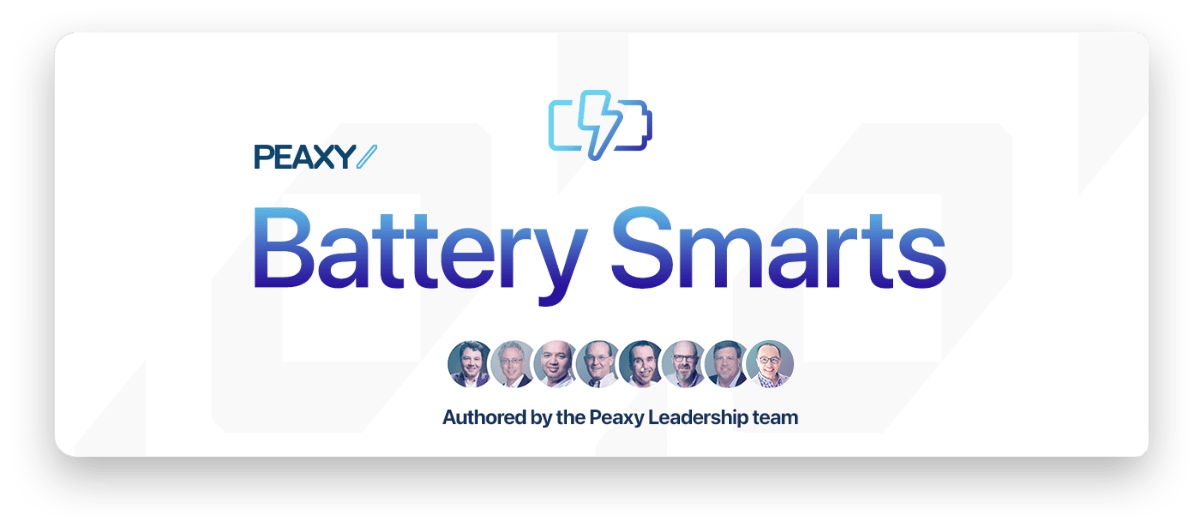“Digital Twin” isn’t just a buzzword. It’s the tool that will help industrial companies build and maintain the world’s biggest projects.
EPC companies — big project managers that handle Engineering-Procurement-Construction for large facilities — will need sophisticated configuration tools to optimize plant design. One form of the Digital Twin is called a facility-level multifaceted twin. Peaxy defines that as any complex system that orchestrates behavioral and economic models to optimize an output, like the most efficient configuration. For example, a digital twin could be used to configure a wind power farm with hundreds of turbines, or a marine propulsion system with multiple sub-subsystems.
The essence of a digital twin, whether you are creating one at the smallest component level or at the large-scale facility level, is its ability to yield lessons-learned by pairing field and behavioral data. Those lessons can be applied to the next design iteration (e.g. a component) or in optimizing the configuration of a facility for maximum output and efficiency at a particular geographical location.
Why EPCs?
EPCs are traditionally responsible for every step in the building process, including design, procurement, construction, commissioning and hand-over to the owner or operator. But without a digital twin of the plant in place before all of those steps are undertaken, the bidding and quoting process took months of manual modeling labor by engineers. A multifaceted digital twin combines complex behavioral and economic models, orchestrates them and optimizes on particular models, then lists recommended configurations based on real-time weather, geographic and other location-specific data.
The use of a digital twin slashes the time an EPC needs to do the hard data work required for complex configuration, quoting and bidding cycles and even site placement analysis.
For example, a configurator twin (what Peaxy calls a multifaceted twin) might orchestrate a number of different models for a gas turbine power plant – performance, economics, cost and lifing – that produce an optimized list of possible configurations most appropriate for a selected physical location. A so-called “commercial napkin” is presented to a power plant customer that shows a number of most-efficient configurations based on that specific customer’s needs and local regulations.
This is the kind of work that might have taken a cadre of engineers weeks or months to do in the past. Once EPCs catch on that this is possible through smart data access strategy and digital twin creation, the world of complex industrial facilities will never be the same.
